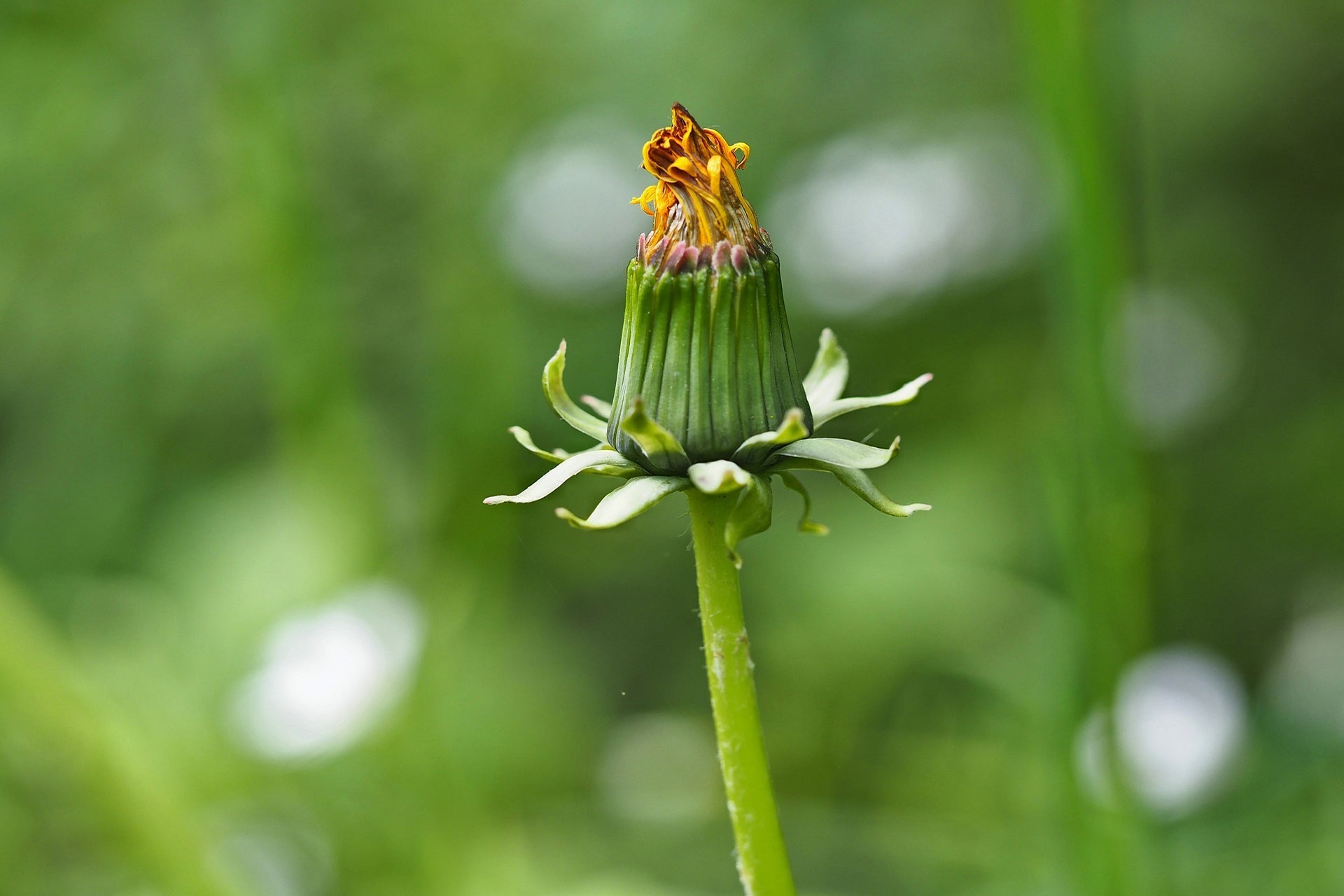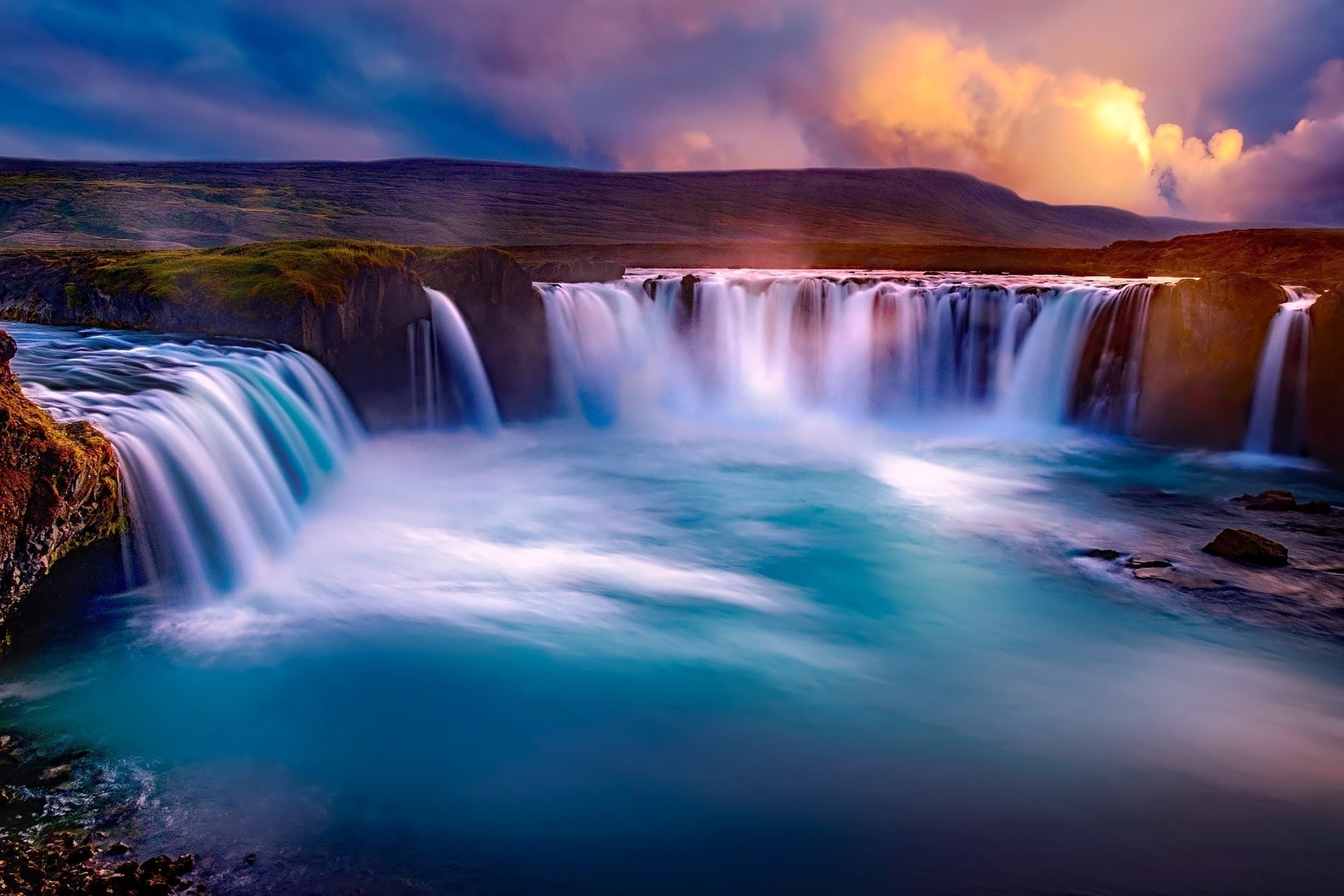
How to create a photo essay: Planning and execution
A photo essay can be created for a variety of reasons. Perhaps you want to document things from your surroundings for purely private purposes or take part in a photo competition. If you want to establish yourself as a photographer, a photographic narrative can be part of your online portfolio. Commissioned work for an association or a company is also conceivable.
Unlike a random compilation of photos, a photo essay tells a story. The photos form a unit, guide the viewer through the topic and convey emotions as well as information. This requires a certain amount of preparation. You have to consciously plan and compile the individual shots to achieve the desired effect.

Visual storytelling with a photo essay
In many cases, visual content can convey information and emotions better than text. They capture the viewer's attention more quickly, especially against the backdrop of general information overload and shorter attention spans. However, it is challenging to present a topic with the help of photos, as subjective scope for interpretation can influence perception.
Visual storytelling often follows classic narrative structures familiar from texts, for example with an introduction, main section and conclusion. The individual photos form a coherent whole that presents even complex messages in an understandable way and appeals to the viewer's emotions. One advantage of visual narratives is that they can be understood independently of language.
Find a topic for the essay
There may already be an occasion, such as an event, that you would like to document. Otherwise, think about what interests you. Let yourself be inspired by the essays of other photographers. You can find these online, in magazines and exhibitions. This will also give you ideas on how to realize your project.
Essays by well-known photographers are often dedicated to current topics of social importance. But everyday life from your surroundings can also provide ideas. Do you know a person whose life, hobby or profession could be the basis for a photo essay? Is there a place that is likely to develop over time in a way that is worth documenting?

Create a rough concept
Clarify a few questions in advance so that you can approach the task systematically and create a rough idea for your photo series. You need to know that there are basically two types of photo essay. The thematic essay gets to the bottom of a specific issue, while the narrative essay presents a story in its chronological sequence.
Depending on the topic and your prior knowledge, it may be necessary to research some background information. As emotional photography plays an important role in visual storytelling, plan the techniques you want to use for this. This may involve the choice of subject, image composition, light and colors. Even if many shots are taken spontaneously later on, some preparatory thoughts are recommended.
So that you can implement your photographic narrative flexibly, it is also worth being well-prepared logistically. A well-thought-out camera bag with padded compartments not only offers reliable protection for your equipment, but also helps you to stay focused during the creative process. A lightweight, comfortable carrying system that allows quick access to the camera and accessories proves particularly useful in changing locations - whether in the city, at events or in nature.
Plan your photographic narrative
Think about which photos you need for your visual storytelling. An opening image that grabs the viewer's attention and provides context is typical. This is followed by images of places, activities, interactions, details or portraits, depending on the topic. Think about which shots best emphasize the essay's message. What could the final photo look like?
Also think about the organizational aspects. It may be necessary to arrange photo appointments and make arrangements with people you want to photograph. Obtain their written permission so that you can publish your work. In the case of photos of children, permission must be given by the parents. If you are taking photographs at an event, consult with the people responsible.

Take photos and aim for emotional imagery
Use your preparatory considerations as a guide when taking photos. Which subjects will you focus on? How do you want to convey emotions using photographic techniques? But also seize opportunities for suitable photos that you have not planned. These could be certain facial expressions, interactions between people or particularly expressive image compositions, for example. Take significantly more pictures than you need.
Bring some variety into the photo series. Wide-angle shots can be suitable for the first or last image, which can be used as an introduction or conclusion to the overall picture. Shots of movement add dynamism to the essay and close-ups emphasize details. Take photos from different perspectives. You may be able to integrate a unifying element into each photo, such as a certain color or a recurring motif, for visual storytelling.
Especially if you are focusing on spontaneous, emotional moments, it is essential to have your equipment efficiently organized and ready to hand. A functional camera backpack or a slim shoulder bag that securely holds both your camera and lenses makes it much easier for you to work on the go - without looking bulky. This keeps you mobile, discreet and always ready to capture just the right moment.
Select and edit photos
From the many photos you have taken, you select 10 to 20 shots. These include an opening and a closing shot. The opening attracts attention and provides context. Ideally, the closing should be recognizable as such. This could be a person leaving a place, for example, or a sunset symbolizing the end of a day.
You can optimize the quality and expressiveness of the photos through post-processing. Emphasize the statements and emotions already present in the images by cropping and adjusting the light, colors and contrasts. However, avoid excessive editing.

Putting together a photo essay
If you are documenting a process, the correct sequence of the individual steps is important. If, on the other hand, you mainly want to capture moods, this is less important. Make sure that each photo shows a new aspect. You can structure your essay differently than originally planned if the photographic narrative works better this way.
Supplementary text to the photos can be useful if the viewer needs background information to understand them. This can be one or two sentences per photo, or a summarizing paragraph for the entire essay. However, the text should not describe what is recognizable in the photos, as they speak for themselves.
If you are planning to present your photos not only digitally, but also in the form of an exhibition or a print album, it is worth having a well-thought-out system for transporting and archiving them. Protection from light, moisture and impact are just as important as style - after all, your equipment is part of your professional image. Invest in durable, handmade materials such as camera bags made of high-quality leather that perfectly combine design and function.
Obtain and publish feedback
Present your essay to friends or other photographers before publication and ask for their opinion. Do not include any explanations. In this way, you can test whether viewers understand the story as you intended.
You can publish your photo essay online on your website, in photography communities or other social networks. For exhibitions and private purposes, printing the photos may also be an option.

Conclusion: Creating visual narratives with photos
Photo essays are an excellent way to convey stories and topics in a memorable way. Emotional photography plays a special role here. Start with a topic that interests you, gain experience and get feedback from other photographers and interested parties.
When you start your first photo essay, it is also worth investing in the right equipment. A reliable, high-quality camera bag not only accompanies you from location to location, but also reliably protects your equipment on the go - whether on spontaneous forays through the city or on planned shoots. Choose a model that supports your individual working style and also impresses with its durable quality - for creative work without compromise

